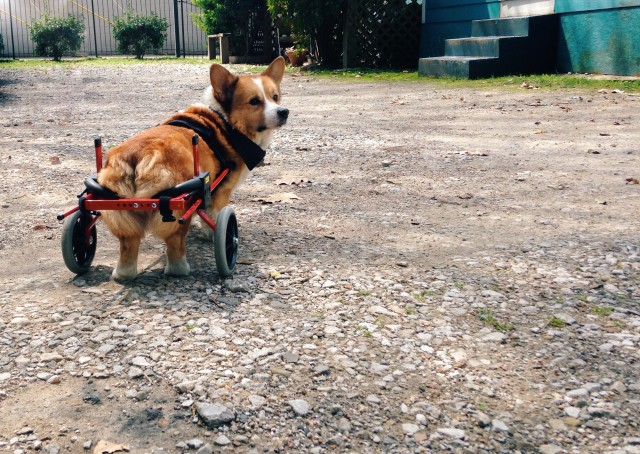Misconceptions About Animal Shelters
Are you under the impression that animal shelters are all sad? Misconceptions About Animal Shelters? Think again! In this article, we’re here to debunk some common misconceptions about animal shelters.
We’ll shed light on the truth behind the stereotypes and help you understand the realities of these essential institutions. So, if you’re ready to challenge your assumptions and learn more about the world of animal shelters, keep reading!
4 Common Misconceptions About Animal Shelters
One common misconception about animal shelters is that they only have older animals available for adoption. However, this couldn’t be further from the truth. Animal shelters have a wide variety of animals of all ages, sizes, and breeds waiting to find their forever homes.
When it comes to the animal adoption process, shelters ensure that each animal is properly evaluated, vaccinated, and spayed or neutered before they are ready for adoption. This ensures that the animals are healthy and ready to become part of a loving family.
In addition to the adoption process, animal shelters offer volunteer opportunities for those who want to make a difference in the lives of these animals. Volunteering at an animal shelter can be a rewarding experience, as it allows you to interact with the animals, help with their care, and assist in finding them loving homes. Whether it’s walking dogs, socializing cats, or helping with administrative tasks, every volunteer plays a vital role in improving the lives of these animals.
The Truth Behind Animal Shelter Stereotypes
You might be surprised to learn that the truth behind stereotypes about animal shelters is often quite different from what you may have heard. Many people have preconceived notions about animal shelters that can impact their decision when it comes to adopting a pet. However, it’s important to understand that these stereotypes are often inaccurate and can prevent potential pet owners from experiencing the joy of adopting a shelter animal.
One common stereotype is that animals in shelters are all aggressive or have behavioral issues. This couldn’t be further from the truth. While it is true that some animals may have had a difficult past, the majority of shelter animals are loving, well-behaved, and just looking for a second chance at a forever home. In fact, many shelters have behavior assessments in place to ensure they are adopting out animals with good temperaments.
Another stereotype is that shelter animals are old or sick. While it is true that some animals in shelters may be older or have medical issues, there are also many young and healthy animals available for adoption. Shelters often have a wide variety of animals, from kittens and puppies to adult dogs and cats of all ages.
Debunking Myths About Animal Shelters
Don’t believe the myths – there’s more to animal shelters than meets the eye. When it comes to the animal shelter adoption process, many people have misconceptions.
Some may think that shelters are only for unwanted or abused animals, but the truth is that shelters also take in animals from owners who can no longer care for them. These animals may be surrendered due to various reasons, such as moving, financial difficulties, or changes in lifestyle. Animal shelters play a crucial role in our communities by providing a safe haven for these animals and giving them a second chance at finding a loving home.
The impact of animal shelters on communities is profound. They not only save the lives of countless animals, but they also contribute to public safety. By sheltering stray animals and ensuring they receive necessary vaccinations and medical care, shelters prevent the spread of diseases and reduce the chances of animal attacks.
Moreover, animal shelters promote responsible pet ownership by educating the public about the importance of spaying/neutering, microchipping, and providing proper care for pets.
Understanding the Realities of Animal Shelters
Understanding the realities of animal shelters is essential for dispelling misconceptions about their purpose and impact. It’s time for a reality check and a peek behind the scenes of these vital organizations.
Contrary to popular belief, animal shelters are not just places where abandoned or stray animals are temporarily housed until they find new homes. They are so much more than that. Animal shelters work tirelessly to provide medical care, food, and shelter to animals in need. They also play a crucial role in finding forever homes for these animals through adoption programs and outreach efforts.
Behind the scenes, animal shelters face numerous challenges. Limited resources, overcrowding, and the never-ending influx of animals present constant obstacles. Staff and volunteers work tirelessly to provide the best possible care for the animals, but it’s not always easy. Many animal shelters are operating at maximum capacity, struggling to meet the needs of the animals under their care. This often leads to difficult decisions, such as euthanizing animals that are deemed unadoptable or too sick to recover.
However, it’s important to remember that animal shelters are not the cause of the problem. They are the solution. They strive to address the root causes of animal homelessness through education, spaying and neutering programs, and advocating for stricter animal welfare laws.
